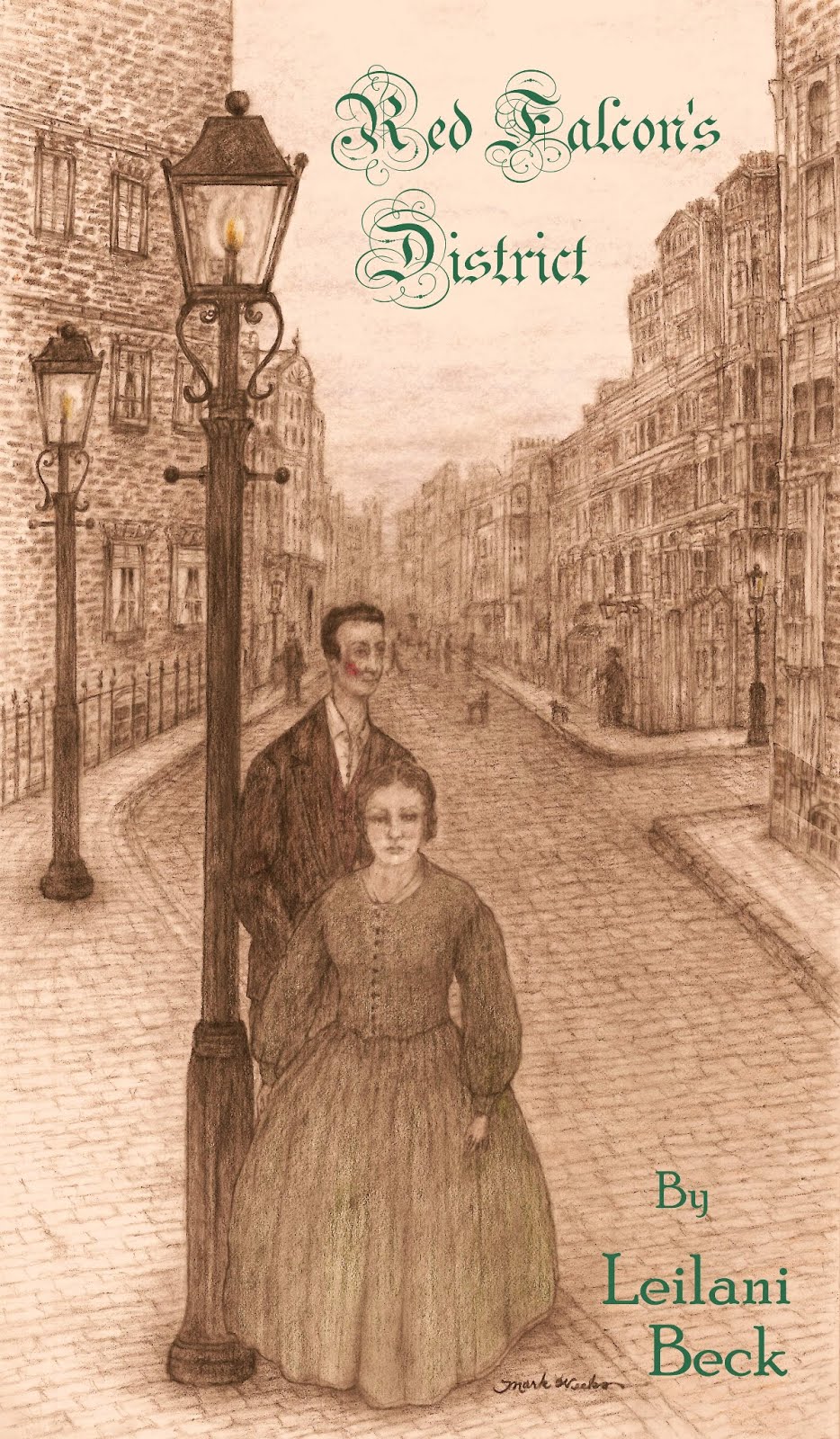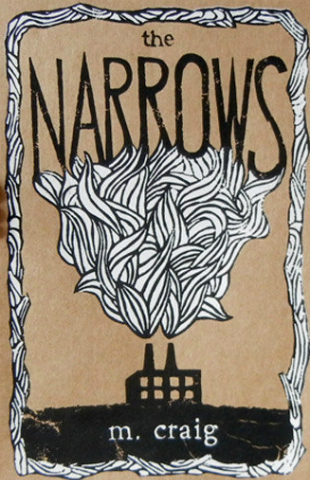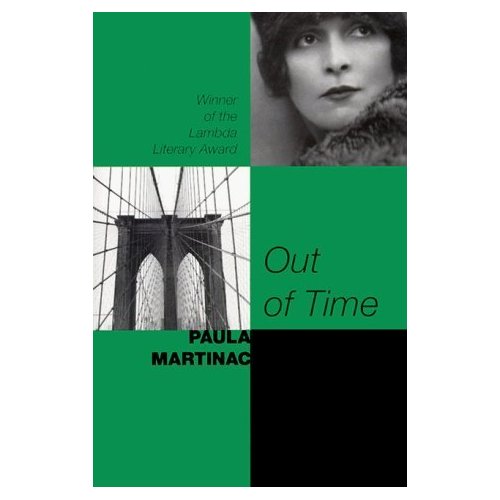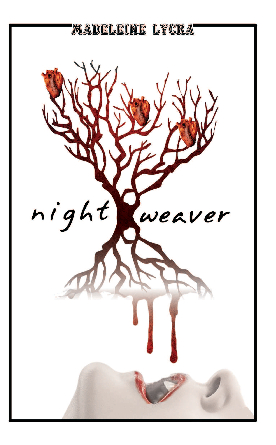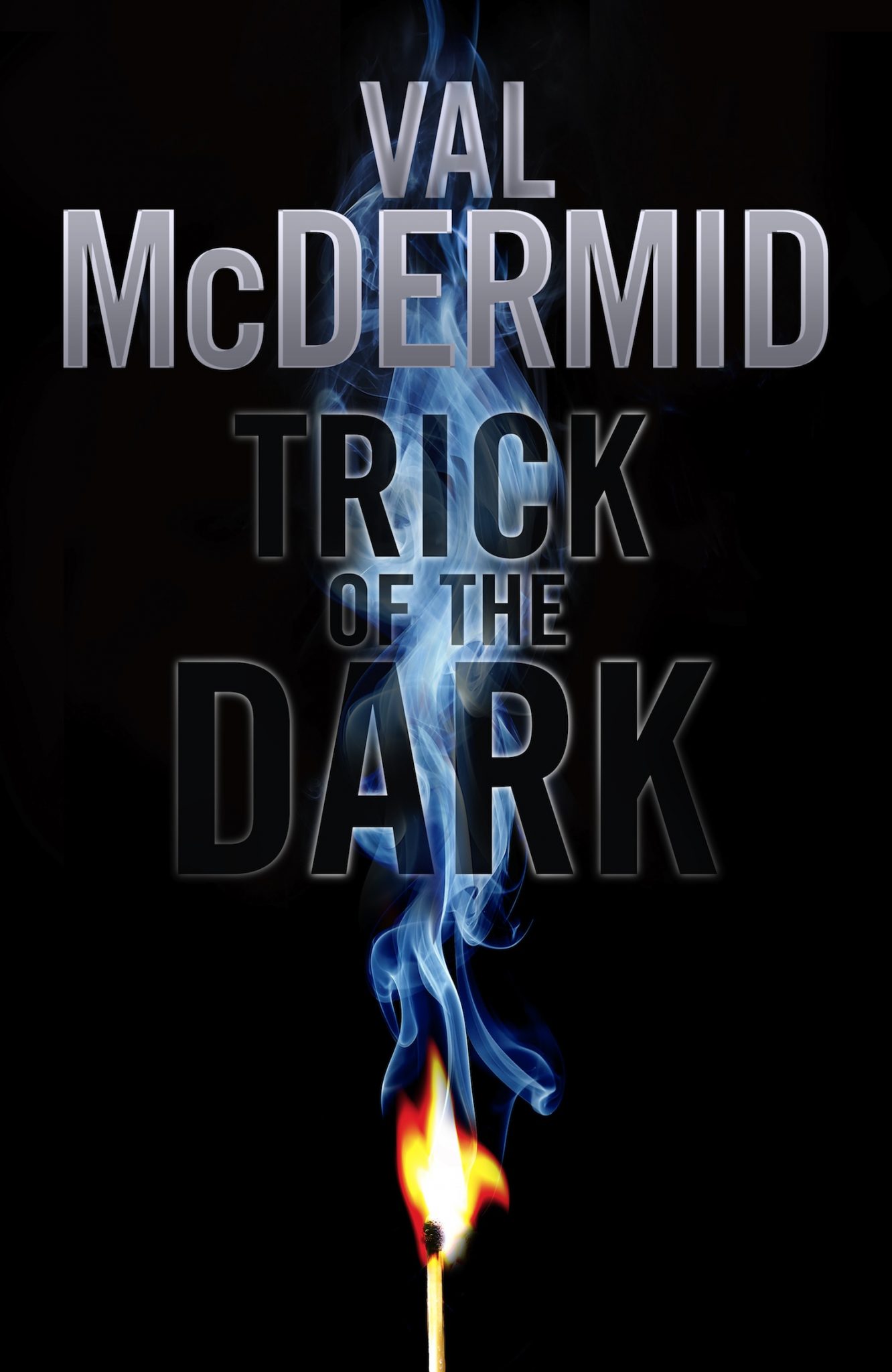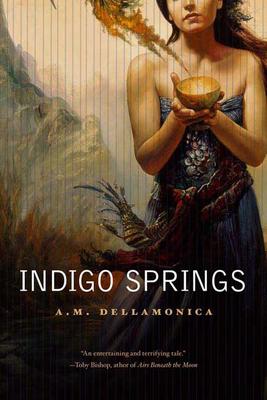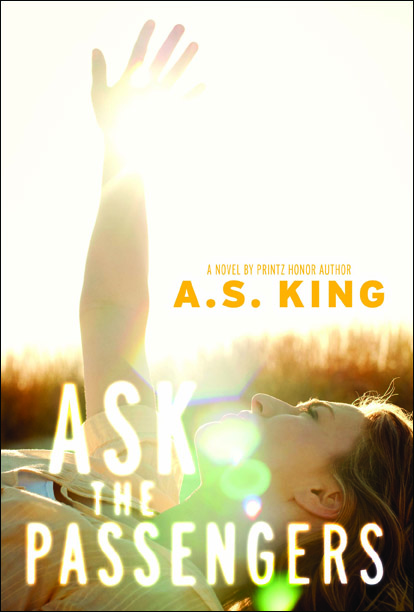
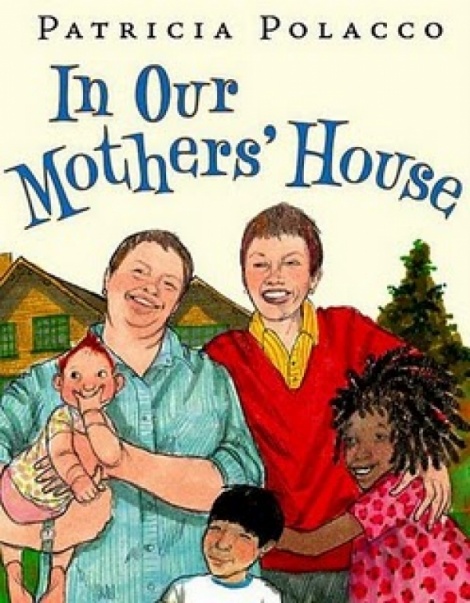

AfterEllen posted Your New School Library: Ivan Coyote, A.S. King, and Mariko Tamaki.
Autostraddle posted
- Read A F*cking Book: Ivan E. Coyote’s “One in Every Crowd”
- Autostraddle Book Club: Emily Answers Your “Cameron Post” Questions And We Throw A Feelings-Fest
- Read A F*cking Book: Rae Spoon’s “First Spring Grass Fire”
- Lez Liberty Lit #7: Forever New And Yet Forever Steady
- Utah School District Sued Over Limiting Access to Family Book, I Say Huzzah
- Vote For The 100 Best Lesbianish Fiction & Memoir Books Of All Time
- Sir James Dyson Likes Vacuums, Dislikes French Lesbian Poetry
- Read A F*cking Book: Jeanne Thornton’s “The Dream of Doctor Bantam”
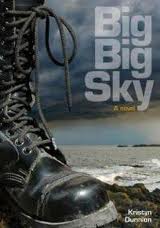
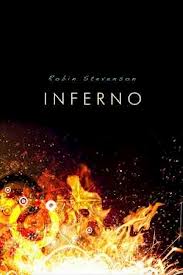

Casey the Canadian Lesbrarian posted Hello, Queer YA: An Introduction to Queer Canadian Young Women’s Fiction.
F/F Fan Fiction Reader’s Corner posted Reunion Week and Women Dressed as Men … Sorry not my list.
Lambda Literary posted E.J. Levy: Theories of Art and Love and Queer Rites: November 2012.
Women and Words posted One Question, Twenty Answers – November and A Hodge-Podge of Fabulousness from Radclyffe, Including a Free Book or Five.
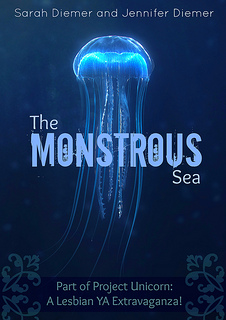
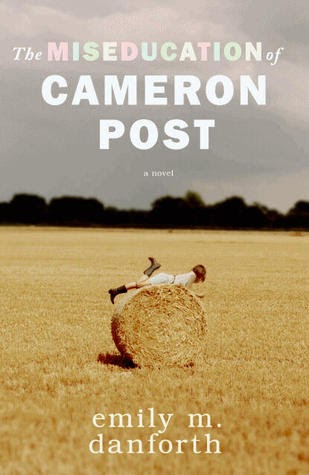
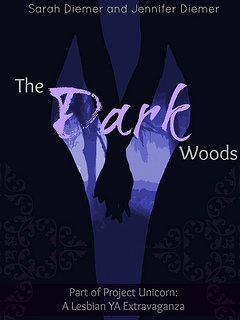
emily m. danforth, author of The Miseducation of Cameron Post, was interviewed on “The Write Question”.
Sarah Diemer posted
- Two Salt Feet, a Free YA Short Story — Part of Project Unicorn (A Lesbian YA Extravaganza)
- Double Release Day: THE DARK WOODS and THE MONSTROUS SEA, the First Two Project Unicorn eZines, are Now Out!
- Download CRUMBS: A Lesbian Hansel and Gretel for FREE! (Part of Sappho’s Fables)
Emma Donoghue was interviewed at Austin Culture Map.
Malinda Lo posted Write from the gut, not from fear of prejudice and My policy on reviews, November 2012.
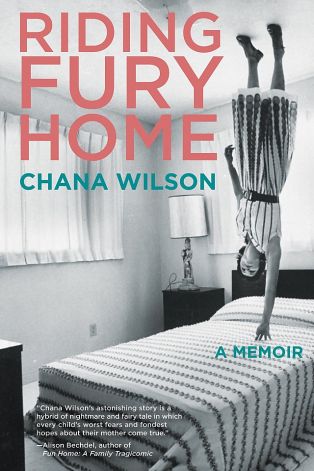
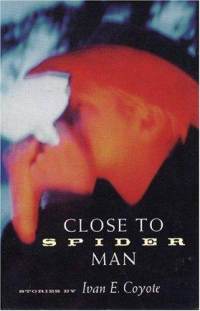

Catherine Lundoff posted Mentees wanted.
Chana Wilson posted The Opposite of Being Visibly Out: Hiding in Plain Sight.
Jeanette Winterson calls for library expansion, also posted about at The Independent.
“Dorothy Allison speaks on the power of the writer’s voice” was posted at Windy City Times.
“LGBT Authors and Books at the Miami Book Fair” was posted at South Florida Gay News.
“Queer icons Ivan E. Coyote and Rae Spoon step “out of the box” for Gender Failure Show” was posted at the Montreal Gazette.


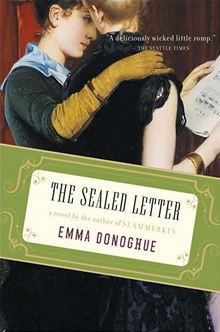
Are You My Mother? by Alison Bechdel was reviewed at This Wheel of Many Parts.
My Awesome Place: The Autobiography of Cheryl B by Cheryl Burke was reviewed at Lambda Literary.
The Sealed Letter by Emma Donoghue was reviewed at Seattle PI and A Little Blog of Books and Other Stuff.
Hello, Groin by Beth Goobie was reviewed by Casey the Canadian Lesbrarian.
Crossroads by Radclyffe was reviewed at Lambda Literary.
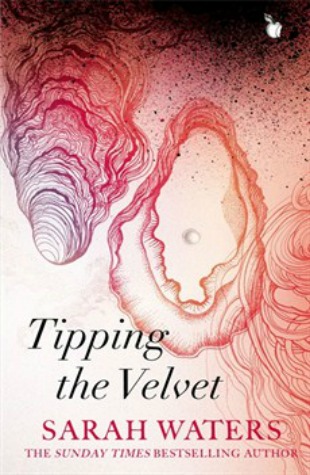
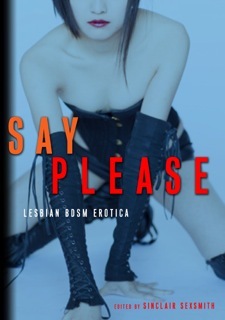
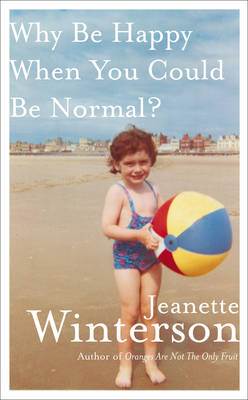
Come and Go by Lee Harlem Robinson was reviewed at The Rainbow Reader.
Say Please: Lesbian BDSM Erotica edited by Sinclair Sexsmith was reviewed at Lambda Literary.
Tipping the Velvet by Sarah Waters was discussed at For Books’ Sake.
Why Be Happy When You Could Be Normal? Jeanette Winterson was reviewed at Hazlitt.

